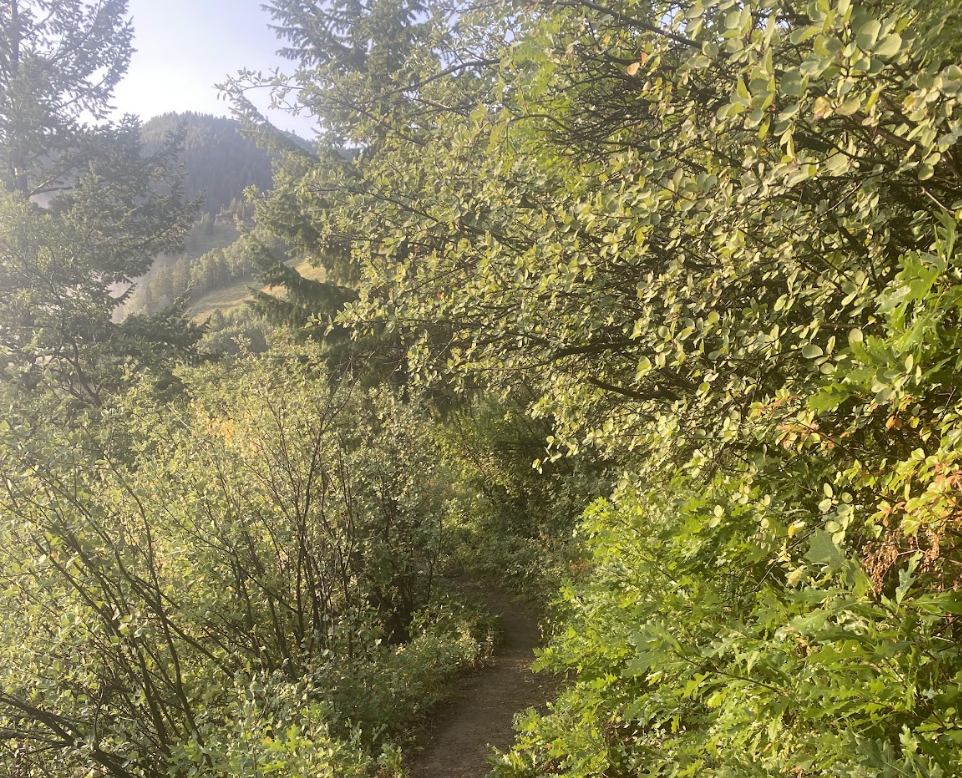Forest Bathing Explained
Forest Bathing has the potential to help us feel joyful, calm, and filled with contentment. But what is forest bathing exactly?

“We often forget that we are nature—nature is not something separate from us—so when we say that we have lost our connection to nature, we’ve lost our connection to ourselves.”
Andy Goldworthy
On a recent episode of The Art of Being Well, host Dr. Will Cole sat down with Heather White, previous Executive Director of the Environmental Working Group (EWG) and the founder and CEO of One Green Thing to talk about the ancient practice of shirin-yoku or forest bathing.
Forest bathing, also known as Shinrin-yoku, is a practice that involves taking leisurely walks in the forest and immersing oneself in nature. This concept originated from Japan in the 1980s and has become a popular wellness trend worldwide.
In essence, forest bathing is not just about being physically present in the forest but also about connecting with nature through all of one’s senses. It focuses on slowing down and being present in the moment, allowing individuals to reap several health benefits.
In recent years, forest bathing has gained recognition as an effective form of therapy for stress relief and improving overall well-being. This article will delve deeper into what forest bathing is and how it can positively impact our lives.
In Japanese, the term Shinrin-yoku translates to “taking in the forest atmosphere” or “forest bathing.” This practice does not involve any rigorous physical activity; instead, it encourages individuals to slow down and be mindful of their surroundings while being in nature.

The goal is to engage all five senses – sight, hearing, smell, taste, and touch – to fully immerse oneself in the natural environment. This includes walking barefoot on the forest floor, listening to the sound of birds chirping, smelling the fresh scent of pine trees, tasting wild berries, and feeling the texture of tree bark.
Incorporating mindfulness techniques and deep breathing exercises while practicing forest bathing can further enhance its benefits. It allows individuals to be fully present and appreciate the beauty of nature, leading to a state of relaxation and calmness.
Studies have shown that forest bathing has numerous health benefits for both physical and mental well-being. Here are some ways this practice can positively impact our lives:
In order to fully experience the benefits of forest bathing, it’s important to practice it mindfully. Here are some steps to follow when engaging in this practice:
Forest Bathing has the potential to help us feel joyful, calm, and filled with contentment. Research has also shown that it has the potential to lower your heart rate, reduce depression, anxiety, and confusion, and decrease stress hormone levels.
